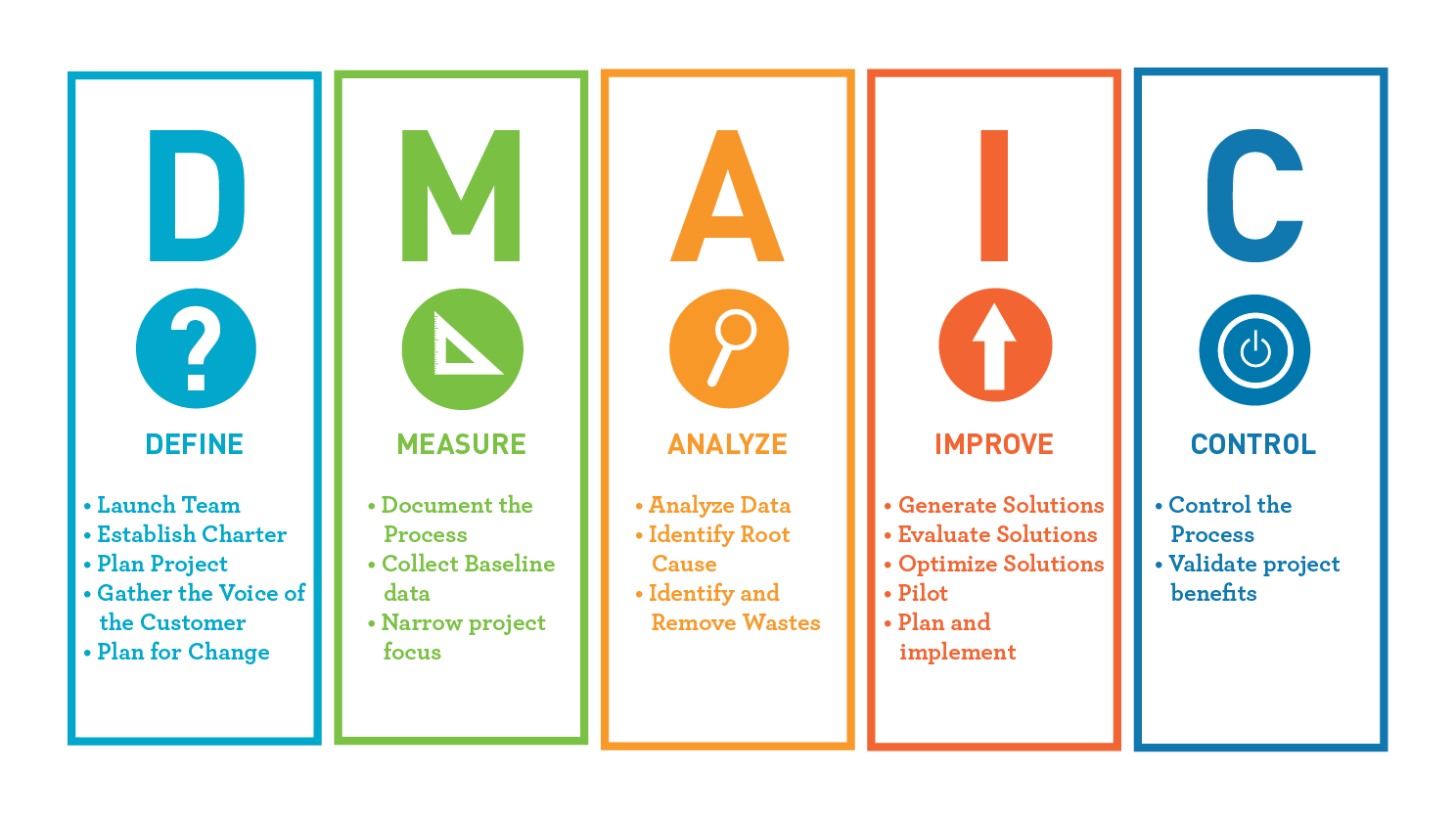Columbus Residents - Learn Lean Six Sigma’s History Here
Contact Us

Lean Six Sigma has been used in manufacturing for decades and is not something new. It can be applied to other industries or used as necessary, depending on how the experts handle it. It is well-structured so organizations can see tangible results and improve their performance for as long as they have great practitioners. At Lean Six Sigma Curriculum for Columbus High School Students of Georgia, our team has all the history and details of this methodology. We want to share these essentials with you today as it will help you make a good decision regarding this method and whether you should bet on it or not.
Before you make the leap to certification or training, we recommend you do your research beyond the simple fact of knowing some history. This will help you make an informed decision and prepare you for this path. We believe it’s a good idea to include this in your curriculum whatsoever, as practitioners will learn more than just what LSS is and how it works.
Now, this methodology was created to help companies prioritize customers, ensure efficient processes, and increase earnings.
If done right, the methodology can help reduce costs and eliminate waste while ensuring that quality and performance are always top of mind.
This approach meets the above goals, improves customer satisfaction, reduces lead times, and draws upon the knowledge and experience of all involved.
Lean Six Sigma improves quality and process; that’s the basic information to remember. This is possible because it uses two methodologies that existed before:
- Lean is all about creating value and increasing flow.
- Six Sigma is committed to ensuring that processes are efficient and stable.
LSS was born from these two methods in order to solve the problem of Japanese companies being on top and beating American companies back in the 80s.
All of this was possible because of the Japanese method Japan was included in their processes: the Kaizen method, which boosted production, manufacturing, and performance.
Lean Six Sigma Principles and Origins: What You Should Know
It is essential to fully understand Sigma’s founding principles and logic before you implement Lean Six Sigma as a whole.
Both Six Sigma and Lean have been around for decades. Lean was actually invented long before Six Sigma and has been the stepping stone for the current methodology to exist.
Toyota invented Lean manufacturing in the late 1940s to reduce non-value-adding activities mainly.
Lean’s main idea is that employees should be actively involved in organizational change to foster excellence. Lean believes continuous learning and improvement are the two most important pillars for ensuring everyone is happy.

As we have already mentioned, Lean’s foundations came from Toyota Production Systems (TPS). Japanese Taiichi Ohno founded it, and the methodology was also used in Henry Ford’s innovations and Business Process Redesign.
These are the principles and ways it works:
- Lean starts with determining the customer’s added value.
- Map both the value stream as well as how processes work.
- This will enable the option to increase and identify the waste flow. Data is collected to expose waste and then shared. This is the first step in improving the process.
- Next, Lean refers to setting up the system so customers can request it and it delivers it when they need it.
- Employees will be able to identify areas that need improvement and work together to improve them. This allows for process-wide thinking, and everyone is focused on the customer’s needs efficiently and effectively.
Six Sigma is now data-driven and differs in this main aspect from Lean. The method was developed by Motorola and has been successfully used by General Electric. Six Sigma, a process improvement technique, dates back to 1980 and right before LSS was introduced.
Six Sigma’s structure centers around the DMAIC option. Define, Measure, Analyze, Improve, Control. This is useful for manufacturing but also in other industries to automate their processes and ensure attention is going to the right areas.
How It All Started in the USA
This method was created to enable American companies to compete against Japanese manufacturers. It is a mixture of both existing methods, and, as you can guess, it began in the USA before any other country.
The industry gained valuable insight and efficiency through this addition. This allowed growth without sacrificing customer care.
Lean Six Sigma isn’t just for manufacturing. Instead, practitioners have shown how healthcare, education, and other industries can reap all the benefits of Lean Six Sigma implementation as structures and principles can be applied to improve any area.
Schools and educational institutions can develop systems that are more efficient and easier to use. Students can learn LSS, which will improve their career and job prospects.
You can reap many benefits, and it can help you increase your professional and personal chances. If you are interested in learning more and getting involved, contact Lean Six Sigma Curriculum Pros of Columbus.

